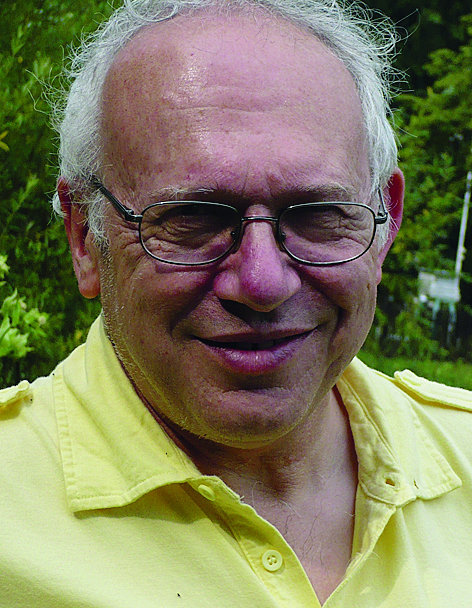COMPOSERS: Stravinsky; Tchaikovsky
LABELS: Sony
ALBUM TITLE: Tchaikovsky • Stravinsky
WORKS: Tchaikovsky: Violin Concerto; Stravinsky: Les Noces
PERFORMER: Patricia Kopatchinskaja (violin); MusicAeterna/Teodor Currentzis
CATALOGUE NO: 8887516522
‘One must probably be several things in a row and all at once: a fluttery ballerina, a dashing officer, a seductive beauty, a fiery dancer and lover, Tatyana and Onegin.’ Patricia Kopatchinskaja’s graphic description of the way she thinks the soloist’s narrative unfolds through the first movement of the Tchaikovsky Violin Concerto is certainly provocative. Traditionalists will no doubt be outraged at what seems on paper to be a deliberately wilful, perverse and mannered approach to an old favourite. Yet such is the force of personality, conviction and unanimity of intention with which Kopatchinskaja and Teodor Currentzis project the musical argument that I was completely bowled over. The whole performance reminds us of the daring originality of Tchaikovsky’s masterpiece, and that in the late 19th century it had the capacity to shock conservative musicians. After hearing the Vienna premiere, the critic Eduard Hanslick famously suggested that Tchaikovsky had written music that ‘stinks to the ear’.
Kopatchinskaja uses the widest possible range of dynamics and timbres, from barely audible whispers to aggressive double stop attacks. Many familiar lyrical and legato melodic phrases are broken up in unpredictable places, and the tempo fluctuates drastically according to the emotional temperature of the music. Not surprisingly, Kopatchinskaja eschews conventionally full-blooded vibrato in her delivery of the opening melody in the Canzonetta, opting instead for a pure hushed tone that is matched in its inwardness and rapt sensitivity by the restrained timbres of the orchestra. Such a strategy makes the sudden fortissimo outburst at the beginning of the Finale all the more startling. Both soloist and conductor are in their element here, relishing the music’s vivacity and rhythmic exhilaration, and driving everything forward with irresistible high-octane energy.
It’s something of a culture shock to move from the febrile closing bars of the Tchaikovsky to the sparsely-textured dissonances that open Stravinsky’s ballet Les noces composed some 40 or so years later. Yet this unconventional pairing of two very different works is both effective and imaginative, particularly given the quality of the performance. As in the Tchaikovsky, Currentzis manages to shed new light on a familiar masterpiece, presenting it in a much more lyrical guise than is often the case. This does not mean however that the music’s rhythmic elements are understated, but that the work gains immeasurably from the warmth, clarity and sheer joie de vivre with which Currentztis and his excellent team of vocal soloists (Nadine Koutcher, Natalya Buklaga, Stanislav Leontieff, Vasiliy Korostelev), pianists and percussionists project the raw and folk-inspired melodic patterns.
Erik Levi

